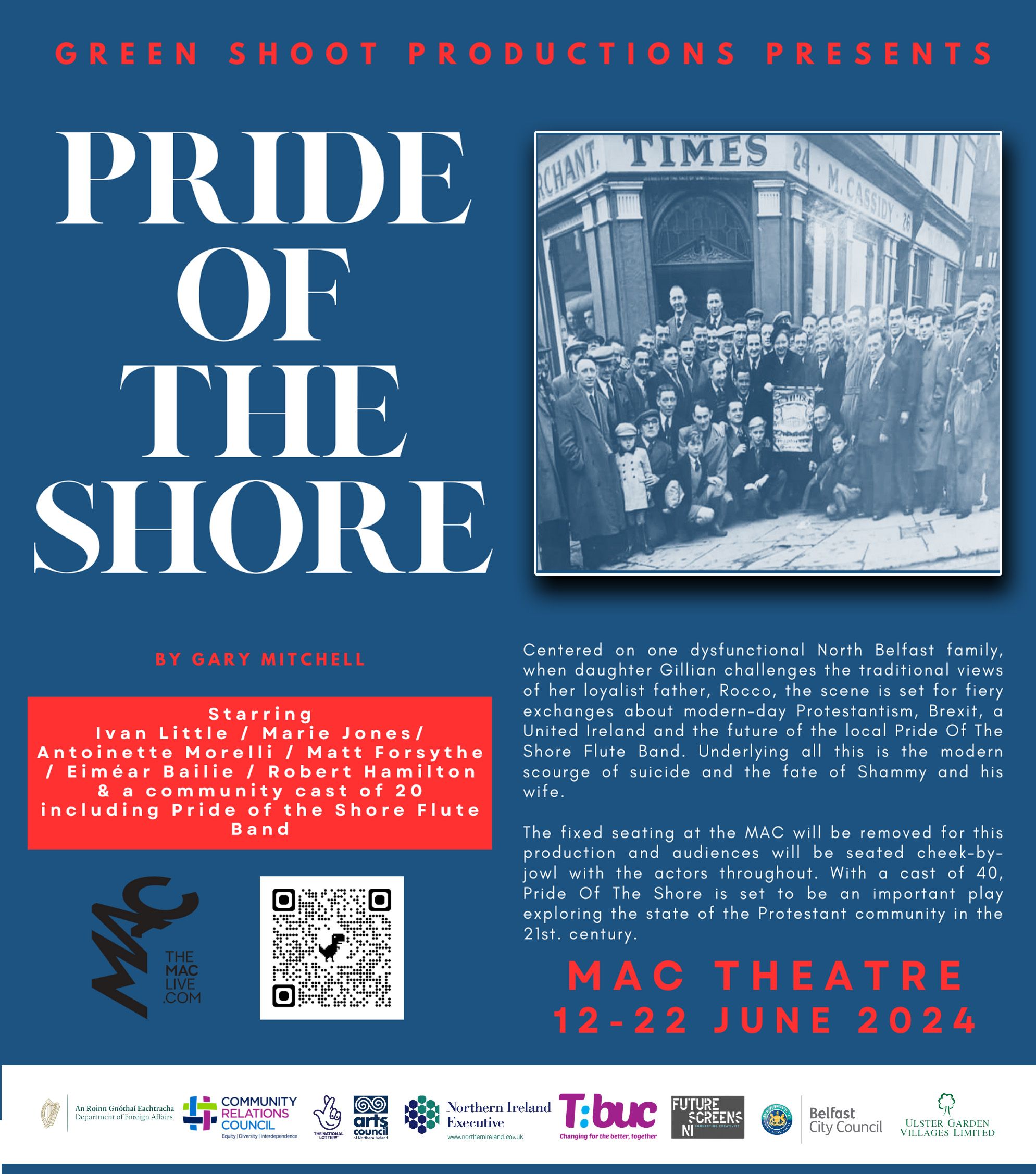THERE'S good news and bad news. First, the good: all of the political parties in the South aspire to a reunited Ireland (Hooray!). The bad news: the past century and more has seen those same parties mouthing platitudes, presenting the Northern Troubles as sectarian blood-lust, and since the Good Friday Agreement focusing on the need to win unionists over to the notion of a reunited Ireland before holding any border poll.
The media, South and North, of course, played their part by trumpeting this establishment line. And they are still doing it.
With the notion of a border poll nudging its way towards centre stage, the media South and North have continued to work hard to put stumbling blocks in its way. The latest example is the research conducted by Professor John Fitzgerald (son of Garrett the Good) into the economics of a reunited Ireland. The headline story from Prof Fitzgerald’s number-crunching is that a reunited Ireland could cost the South as much as €20 billion per year for 20 years. Pearse and Connolly and others may have been prepared to pay for an independent Ireland with their lives, but the Southern media look at an annual €20 billion bill and declare such a price for Irish unity impossibly expensive. Here, somebody – shelve that border poll, would you?
When Sinn Féin’s Matt Carthy was asked about Prof Fitzgerald’s study, he pointed out that other studies have produced rather different conclusions. For example, Prof Kurt Hubner of the University of British Columbia produced detailed research a few years back. It found that Irish unity would produce a long-term improvement of GDP per capita in the North – 4% to 7.5% – while the South would see a boost of 0.7% to 1.2%. (Maybe take down that border poll document until we have another look.)
Of course, many unionists more readily accept Prof Fitzgerald’s figures rather than Prof Hubner’s. Most of them, like the rest of us, aren’t economists, and point to the common-sense fact that the North’s subvention from Britain each year is around £10 billion. How’s the South going to handle that in a united Ireland? Answer: they’re not.
“If you believe in the unification of your country three or four percent of GDP is a small price to pay.” https://t.co/r9PogCPHwH
— Amanda Ferguson (@AmandaFBelfast) April 8, 2024
Because that £10 billion annual subvention wilts under scrutiny. Prof John Doyle of Dublin City University figures that £3.4 billion of that £10 billion figure comes from state pensions paid to people in the North by the British government. That’s not money for nothing: that’s money for a lifetime’s work.
Another chunk of the famous £10 billion – £2.4 billion – represents the North’s share of payment to the UK national debt. Another £1.1 billion is the North’s share of the UK defence budget, which is spent on such happy ventures as the Afghanistan war and Trident nuclear missiles.
Put these and other modifying figures together and that famous £10 billion subvention shrinks to somewhere between £2 billion and £3 billion, as Prof Doyle sees it.
But big subvention or small subvention, the North remains the poorest part of the UK and it’s got worse since the GFA, not better.
Rather than yammering on about bread-and-butter issues and the futility of flag-eating, Fianna Fail and Fine Gael are now stressing that they too cherish the notion of national unity and are working towards it.
When Brexit was decided, it was based on lies and ignorance of how things would look after a break from the EU. Nearly ten years post-Brexit, Britain is finding out how much it hurts when you make a decision with a dearth of information, or worse, misleading information. It’s encouraging that Fine Gael and Fianna Fáil appear now to have accepted that we all need to work to realise the centuries-old dream of Irish independence. The first step on that journey must be to ensure that a citizens’ assembly is established, and quickly.
We all know a border poll is coming. Let’s not go into the voting booth with empty or deluded minds.









